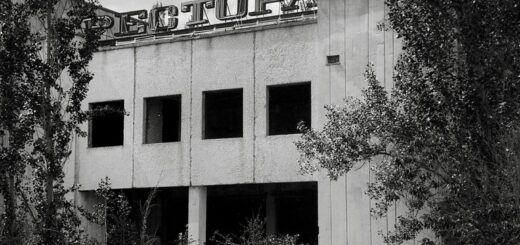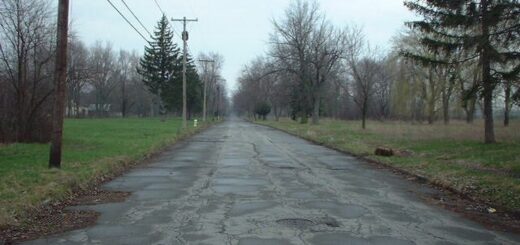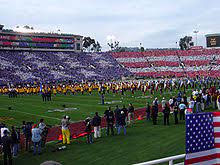Hurricane Katrina in New Orleans – August 2005
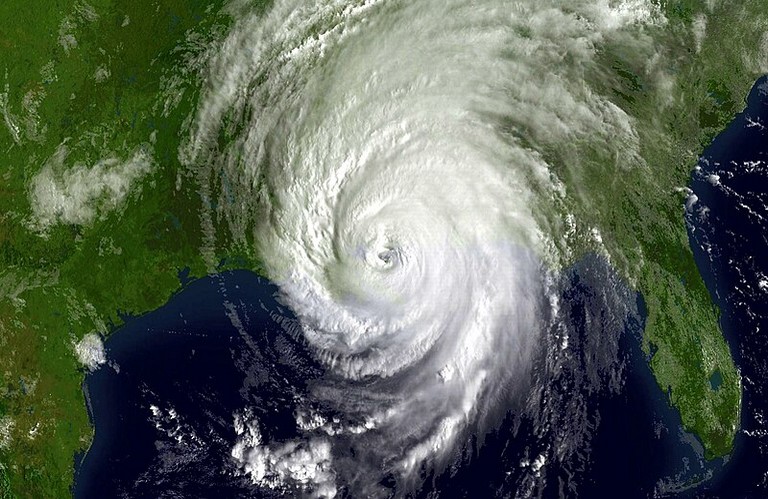
On 29 August 2005, Hurricane Katrina was the deadliest hurricanes (storm) in the history of the United States. It was the sixth strongest Atlantic hurricane ever recorded. The storm surge that swept over New Orleans was as high as twenty-seven feet but that was not the main cause of the damage. The soil beneath them was washed away opening the city to the water of Lake Pontchartrain, a source of water beyond anything that the storm surges could produce. The city was drowned.
Crossed Southern Florida As Moderate
It formed over the Bahamas on August 23, 2005, and crossed southern Florida as a moderate category 1 hurricane before strengthening rapidly in the Gulf of Mexico and becoming one of the strongest hurricanes ever recorded in the Gulf. The storm weakened considerably before making its landfall near New Orleans as a category 3 storm on the morning of August 29. The storm surge caused major or catastrophic damage all along the coastlines of Alabama, Mississippi, and Louisiana, including the cities of Mobile, Biloxi, Gulfport, and Slidell.
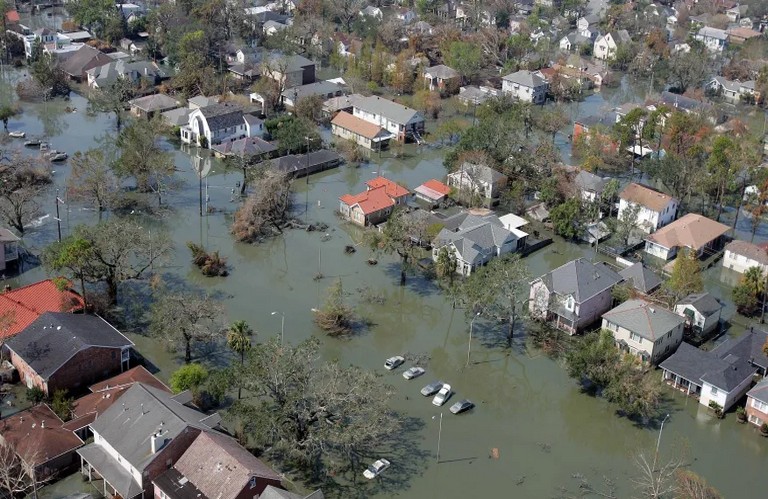
The damage and loss of life imposed by this massive hurricane in Louisiana and Mississippi was staggering with significant effects extending into Alabama and the western Florida panhandle. Over the following seven days it grew from a tropical storm into a catastrophic hurricane. It first made landfall in Florida and then hit along the Gulf Coast in Mississippi, Louisiana, and Alabama, leaving a trail of devastation and human suffering. This hurricane caused physical destruction everywhere along its path.
Most Destructive Natural Disaster in U.S. History
It flooded the historic city of New Orleans, ultimately killing over 1,300 people and it became the most destructive natural disaster in U.S. history. Katrina’s winds and the storm surge that reached as high as twenty-seven feet was an extremely severe blow to New Orleans. It overwhelmed levees all around the city of New Orleans and the consequences for a city of this size, which was already standing, for the most part, below sea level, were pretty dire. The states of Florida, Alabama, Mississippi, and Louisiana all got hit by Katrina, but New Orleans became the focus for more than one reason. To begin with, it was the biggest city in the area, with a population of about a half million people, and after the first levees began to collapse the entire city was really stuck in the middle of an ocean because the water had reached a level where only boats could give access from one part of the city to another.
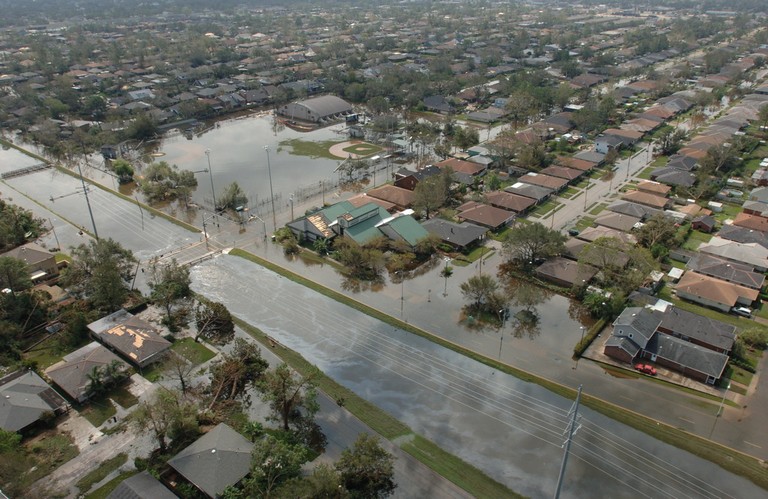
Moreover, power and telephone communications began to collapse due to this, flooding and the destruction of the levees by the twenty-seven-feet high storm surge completely overwhelmed the levees, which were never designed to handle that level of water. Resultant, flooding really destroyed New Orleans, much as the fire that burned Chicago in 1871 destroyed that city and the earthquake and fire that finished off San Francisco in 1906, destroying the economic and cultural centers of that entire region. It was a similar story in Galveston in the famous hurricane of 1900. And even beyond New Orleans, the span of destruction cast by Katrina was widespread all over the coastal areas. Towns and cities, small and large, were destroyed or heavily damaged by the hurricane, but the focus remained on New Orleans.

